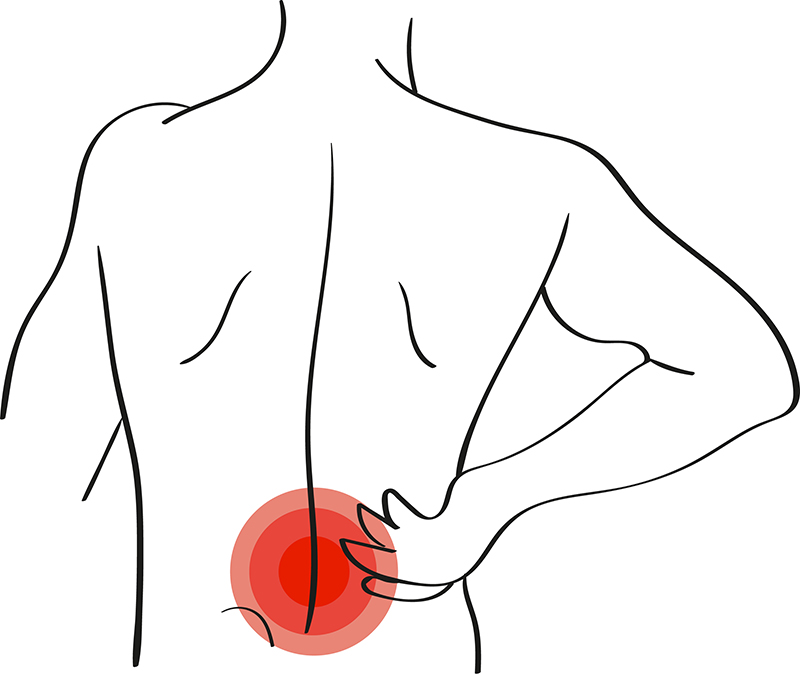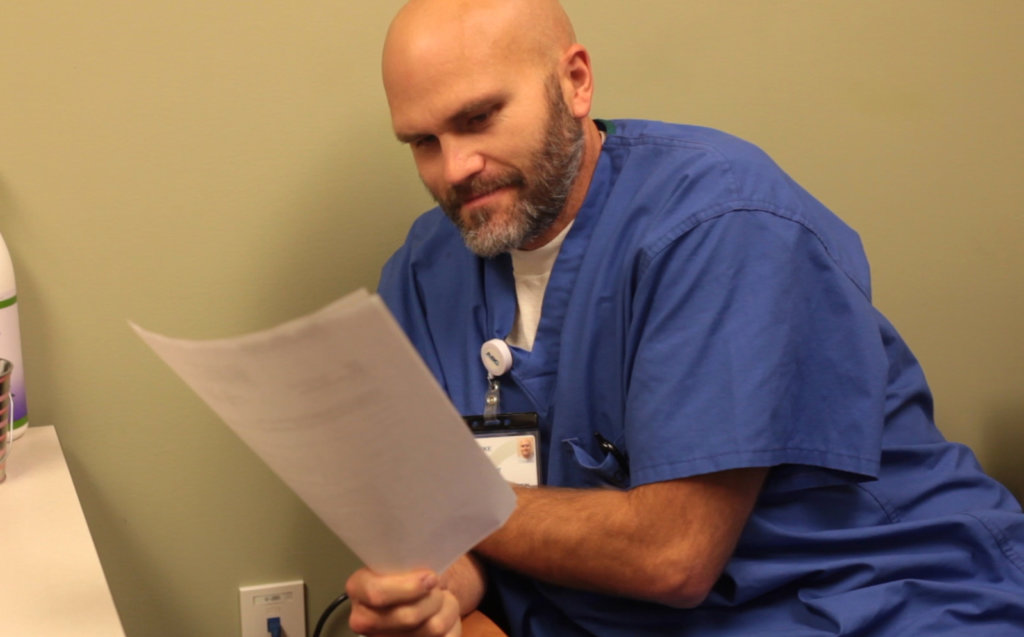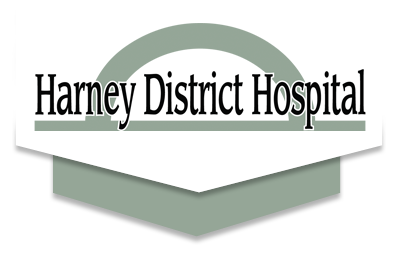
05 Apr HDH Pain Clinic
HDH’s Pain Clinic helps patients with pain that has outlasted the normal healing period following an injury or those that are living with pain related to conditions which have not improved with physical therapy or pain medication. The Pain Clinic provides treatment for patients who suffer from acute or chronic pain, and partners with your primary care provider to treat and manage pain.
The goal of treatment is to improve mobility, comfort and quality of life for patients. In some cases, pain management is also an effective way to maintain patient comfort until surgery can be performed.
Medicare and other insurance plans often cover pain management services, and treament can be preauthorized. These services include a variety of treatments such as nerve blocks, epidurals, steroid injections, and a newer offering at HDH, Radiofrequency Therapy.
Radiofrequency Therapy (RF Therapy)
If you’ve suffered from chronic pain for any length of time, you know the debilitating effects it can have on you and your loved ones. RF therapy has been used for decades to help thousands of people live with reduced pain.
RF therapy is a proven, low-risk treatment option for chronic pain – a common condition affecting 1.5 billion people worldwide. Chronic pain is pain that lasts longer than 12 weeks. However, many people experience symptoms for months or even years.
RF therapy can used used to treat chronic pain in several areas of the body, including:
• Neck
• Shoulder
• Upper back
• Lower back and buttocks
• Hip
• Knee
• Heel and foot
What is RF therapy?
Radiofrequency is a type of energy that is used during the procedure to heat the nerves that are causing the pain. The heating stops the nerve’s ability to send pain signals to the brain, and thereby reduces the sensation of pain.
 How does RF therapy work?
How does RF therapy work?
When you are injured – from trauma, illness or stress on your joints – the nerves close to the injury may become inflamed. Pain signals then quickly travel from those nerves to the brain. When they reach the brain, you feel pain.
During the RF therapy procedure, RF energy is applied precisely to those inflamed, pain-transmitting nerves to create a block, sometimes called a lesion. This disruption reduces the ability of the nerves to send pain signals to the brain, thus reducing symptoms and bringing relief.
Although many patients experience pain relief after an RF therapy procedure, the treatment may not work for everyone. Nor will every patient experience complete relief from all symptoms. Results vary from person to person.
What happens during the procedure?
During the procedure, a thin RF needle will be placed at the site of your pain. The needle will be connected to an RF generator, which produces the RF energy needed for the procedure.
You will typically be awake during the procedure and may feel some discomfort. You will be given a mild sedative and local anesthetic will be applied to the treatment area. Local anesthetic is used so that you are able to describe what you are feeling. Your responses will help your provider guide the needle to the appropriate site for therapy.
What happens after the procedure?
After a brief time in a recovery room to allow the sedative to wear off, you will be able to go home. You will receive discharge instructions, and will need to have someone drive you home due to the medications you were given.
Depending on the procedure and area of pain, complete relief may come within a few days or up to six weeks.
Is RF therapy right for me?
Most people who are candidates for RF therapy have already tried other treatments, like medication and injections, and now require a longer-term solution.
RF therapy procedures have high success and low complication rates. But as with any surgery, there are also risks.
Talk to your primary care provider about your specific condition, and together you can decide if RF therapy is right for you.

Luke Hemphill, CRNA NSPM-C, consults with a patient.
Board-Certified in Pain Management
Luke Hemphill is a Certified Registered Nurse Anesthetist (CRNA) at HDH with a certification in Non-Surgical Pain Management (NSPM-C). He provides pain management treatments including RF therapy, nerve blocks, epidurals, and steroid injections.
The NSPM-C pain management certification measures the knowledge, skills, and abilities of National Board-certified registered nurse anesthetists for practice in the field. It requires advanced, subspecialty knowledge beyond that required for initial certification of nurse anesthetists.
HDH’s Pain Clinic was established in 2012, and Hemphill has been offering RF therapy for more than a year.
For more information, call 541- 573-8605, or talk to your primary care provider.

Stefanie Wiseman
Posted at 11:08h, 20 DecemberHaving had multiple epidurals and spinal procedures since 2006 I am very impressed with Luke’s technique and thoroughness. It was the absolute best experience.